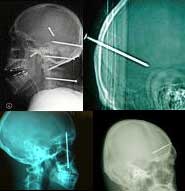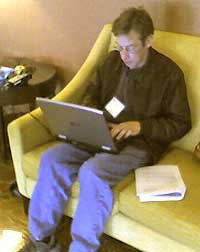Where we breathe
Before there was the Worldwide Web, there was the WELL, the Whole Earth 'Lectronic Link, an online community that served the technophiles of the Bay Area through a network of text bulletin boards and other services delivered over slow phone modems. It was a little slow, a little clunky, and highly geeky, but it had one advantage that has been lost in the online explosion since--it "mapped" onto a terrestrial community--it created an analog of where its participants lived, and was deeply involved with its issues and objectives.
I was an early fan of the WELL, reading about it in CoEvolution Quarterly. Ever since I first became involved in creating websites, I wanted to work in countertrend to the fragmentation and placelessness that characterized the new online world. In particular, I wanted to build a place within the web that corresponded to where I actually lived. I saw the traditional infrastructure that maintained my community falling apart, the informal network of churches and social clubs, local news in print and broadcast in decline, the increased busy-ness of workers and the corresponding decrease of community volunteers. If my work online served only to further distract people from the places where they made their lives, I would be part of the problem.
In the decade or more since, that fragmentation has only grown, and communities-- particularly small ones--struggle ever harder to keep together civic life. While the new online social tools dubbed "Web 2.0" have done amazing things in creating communities of affinity, I still look forward to a "Web 3.0" to serve our communities of residence. That's the place where we breathe the air.
Labels: community, mapping, North Country, social networking, web design




